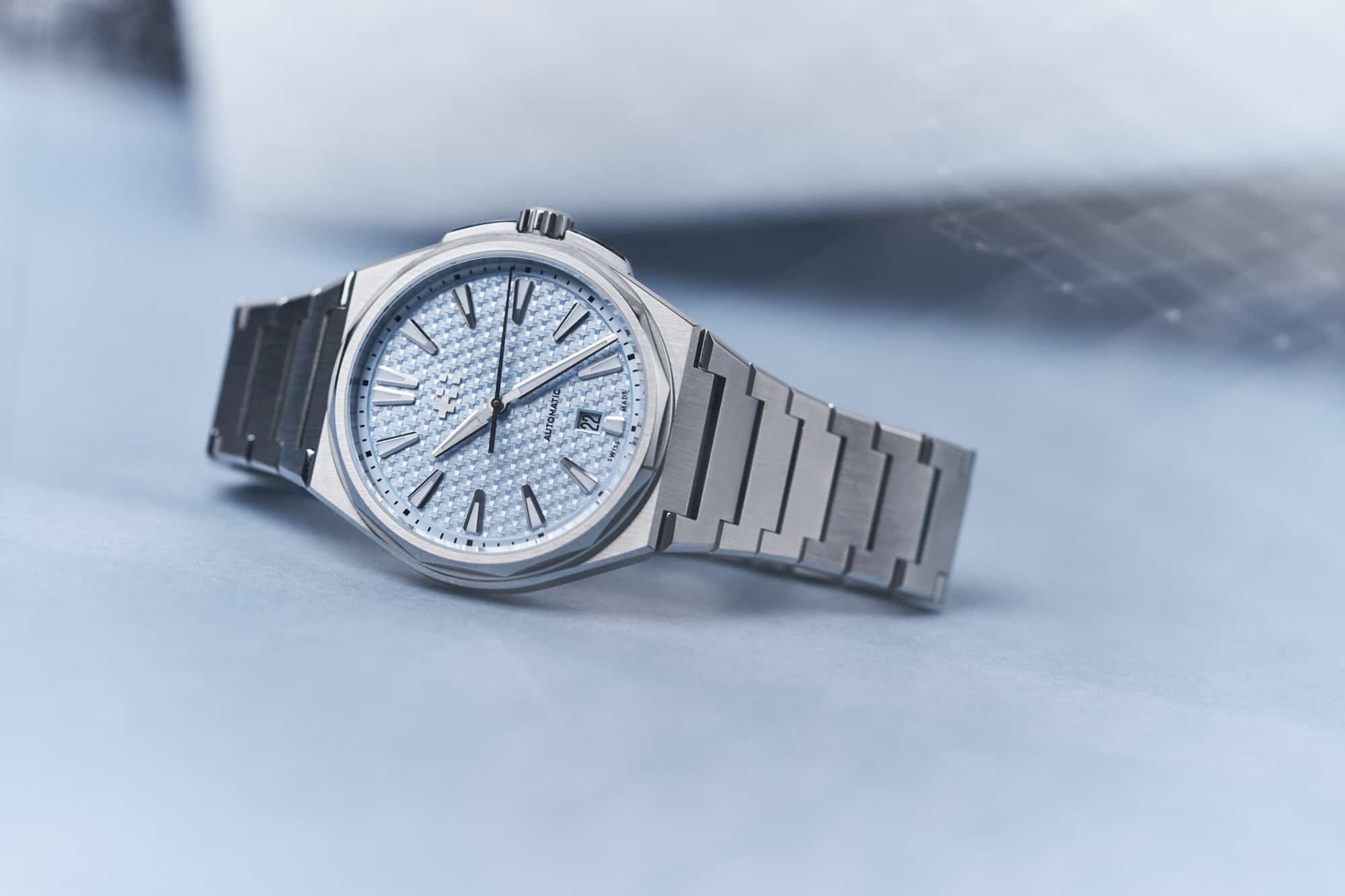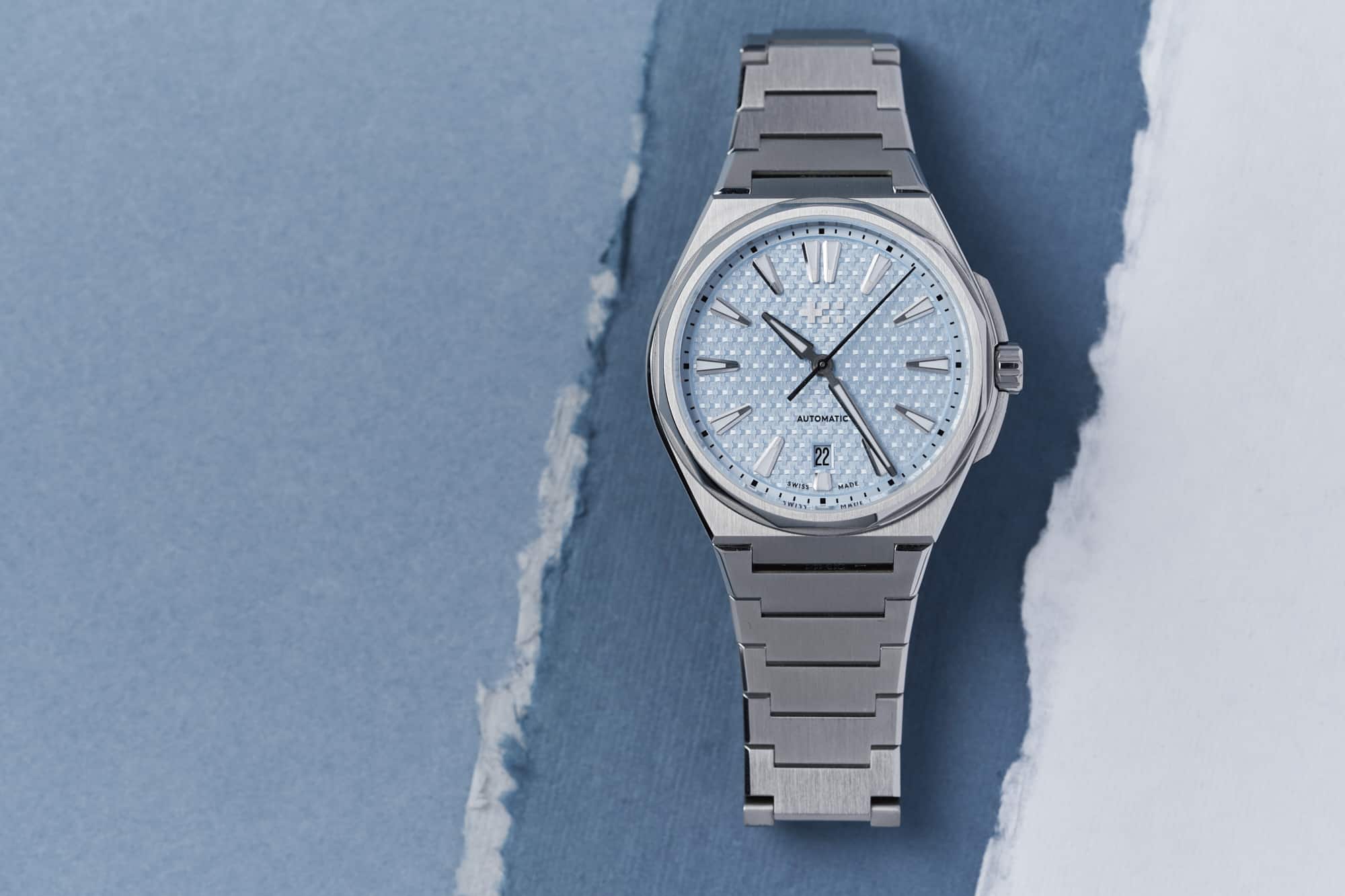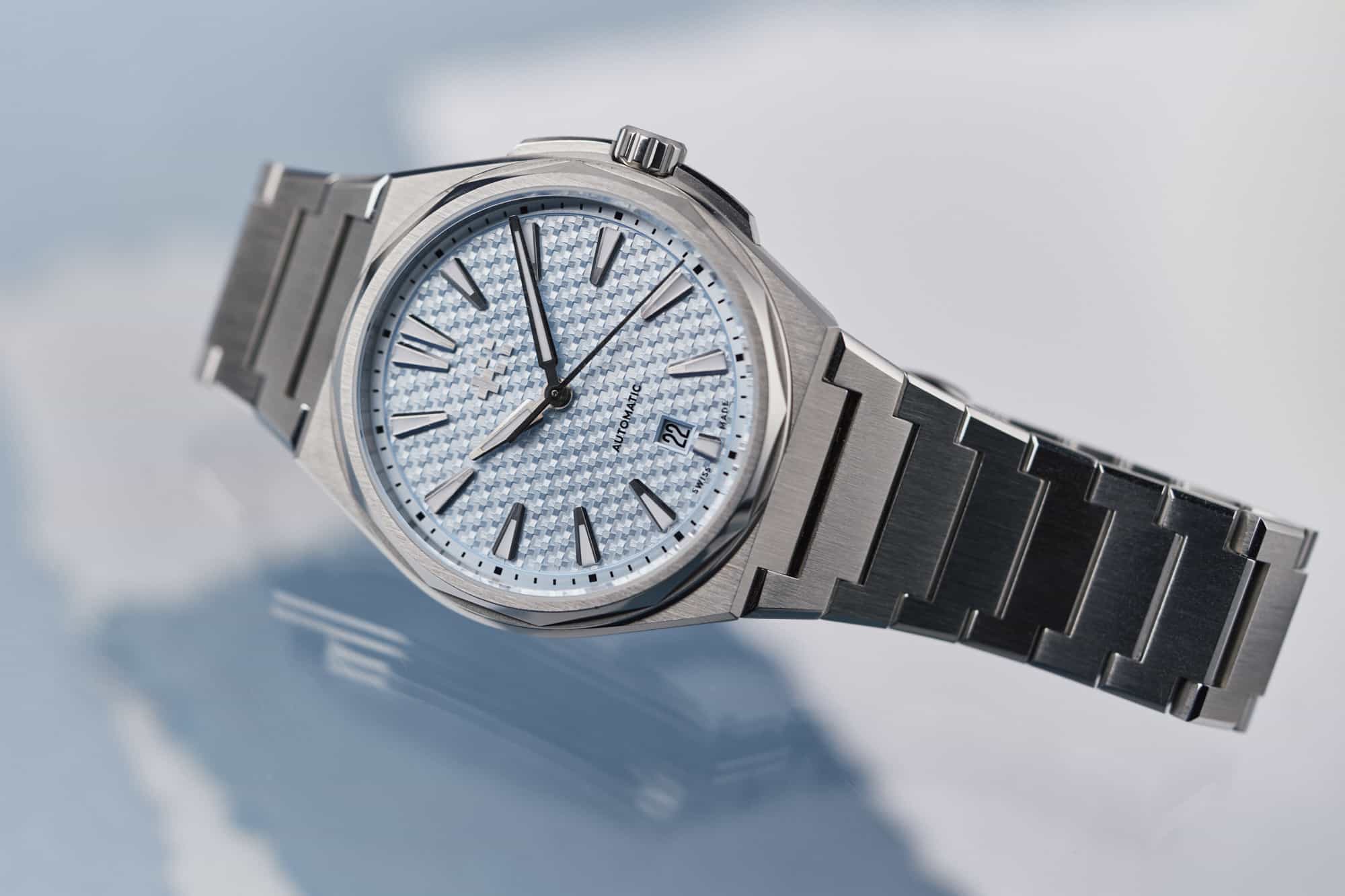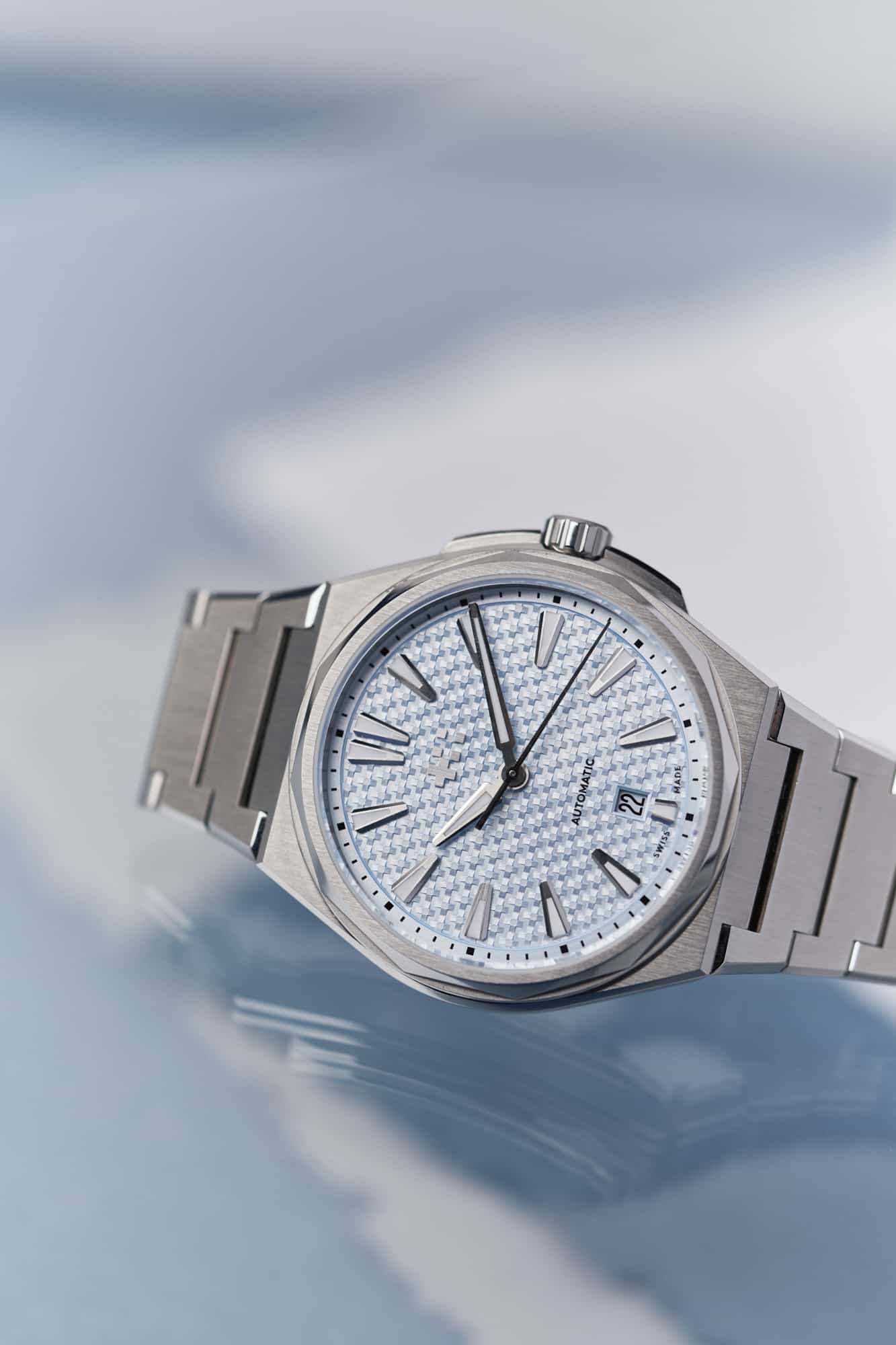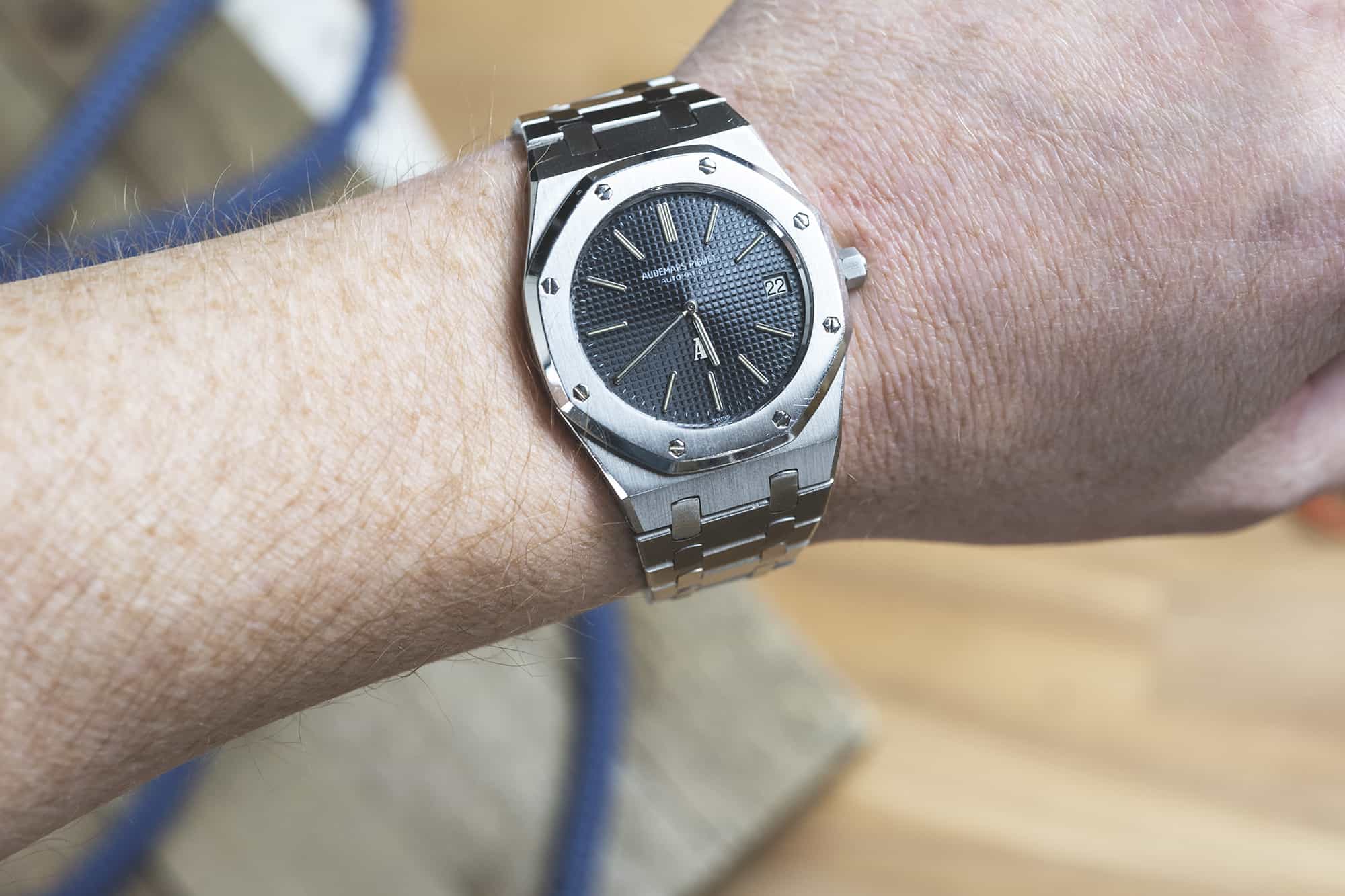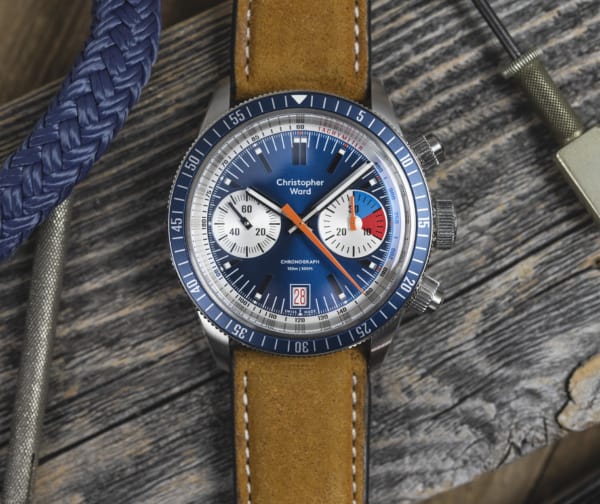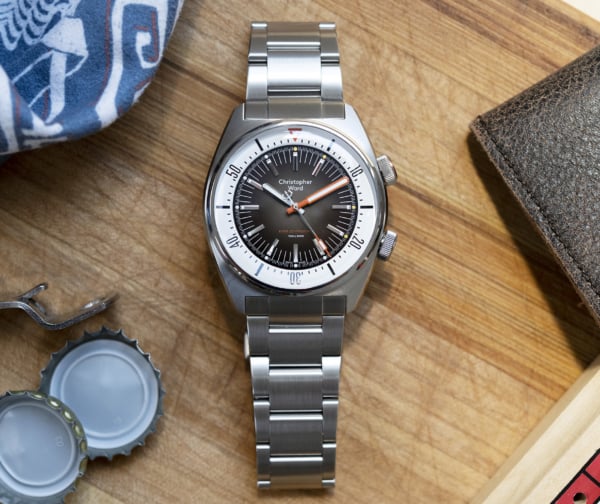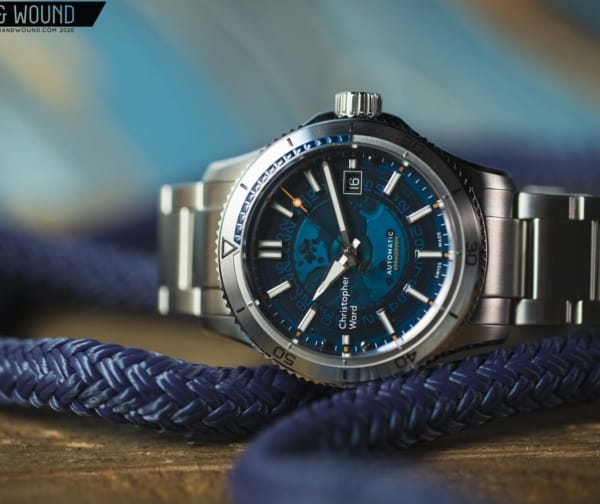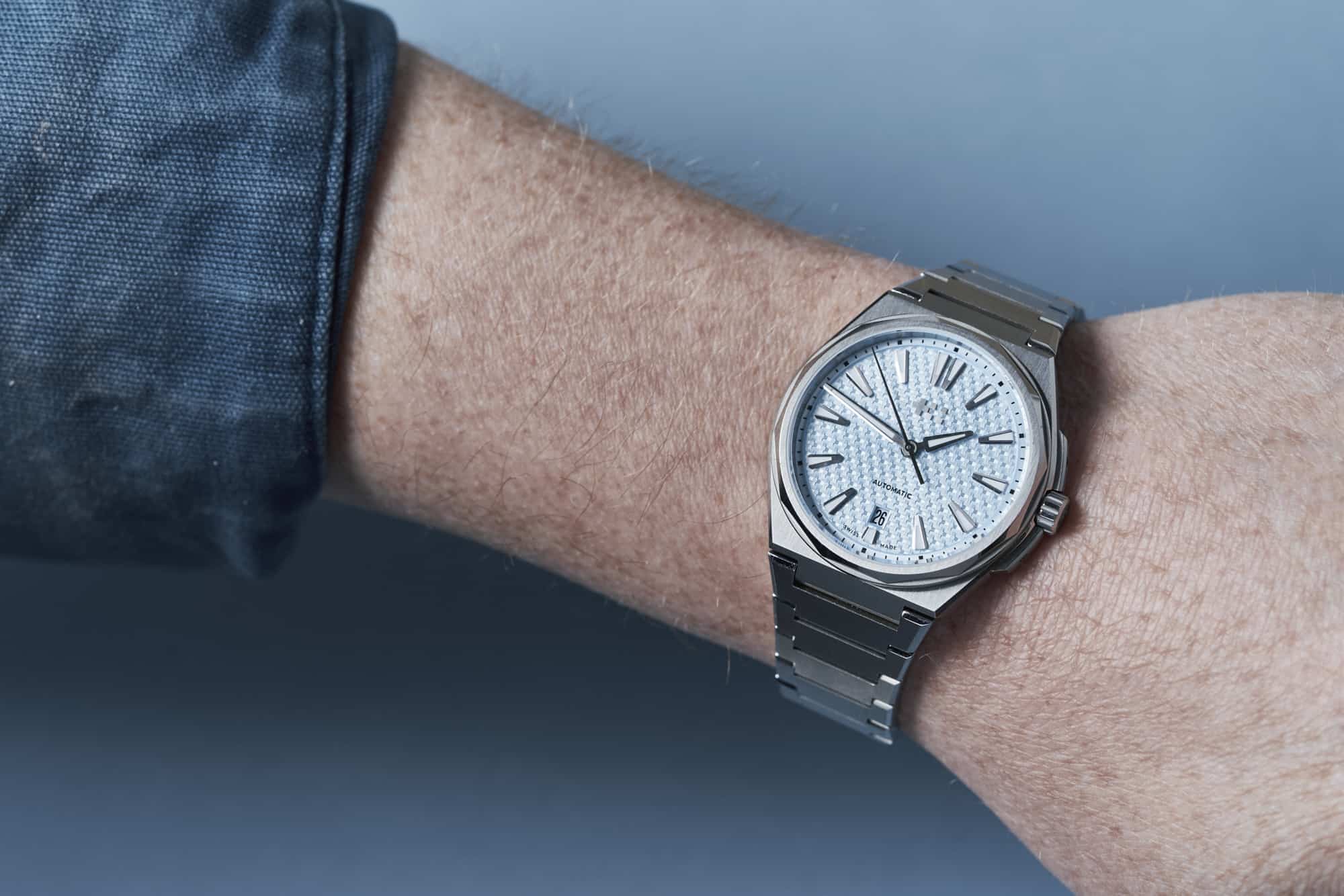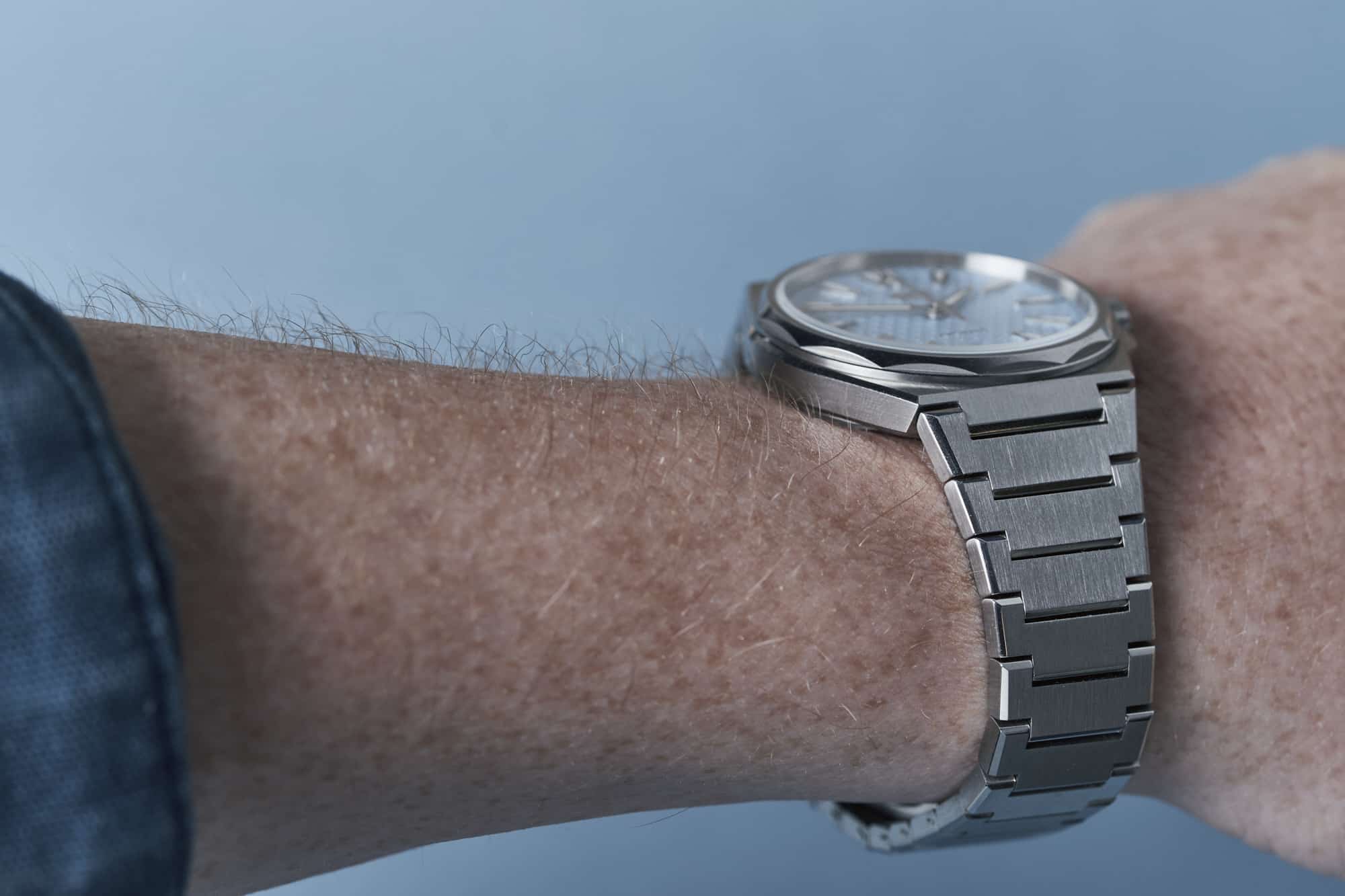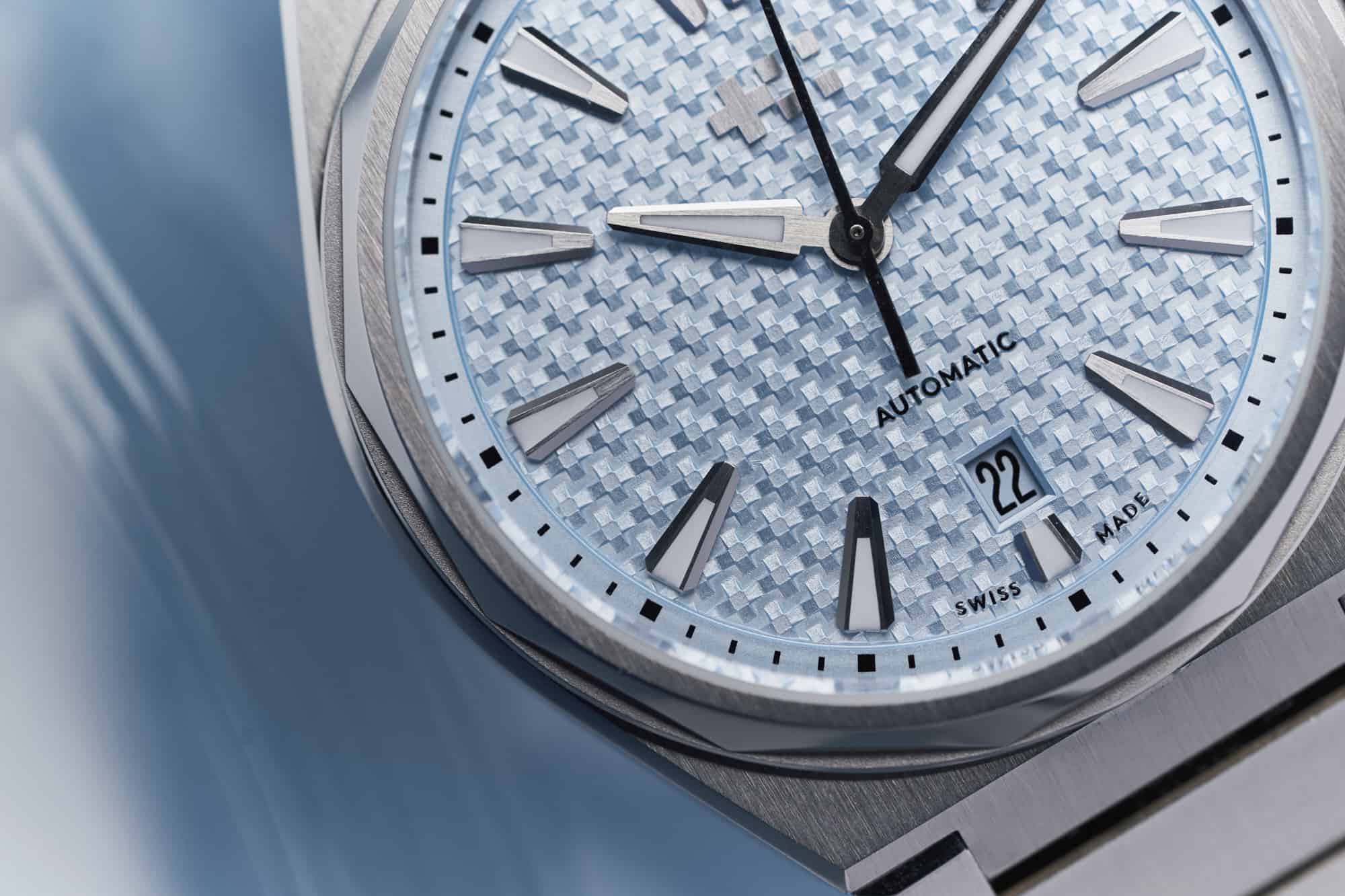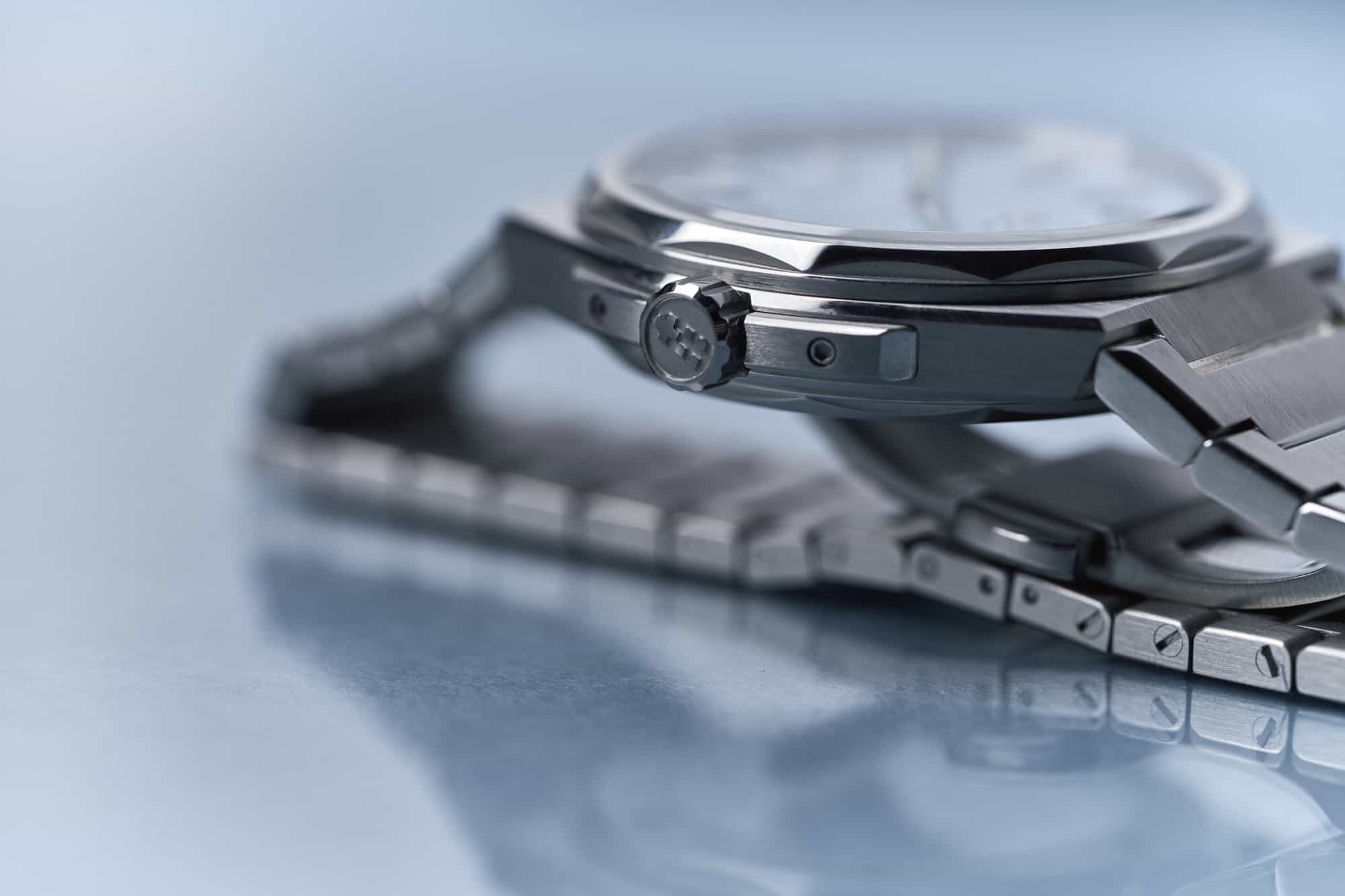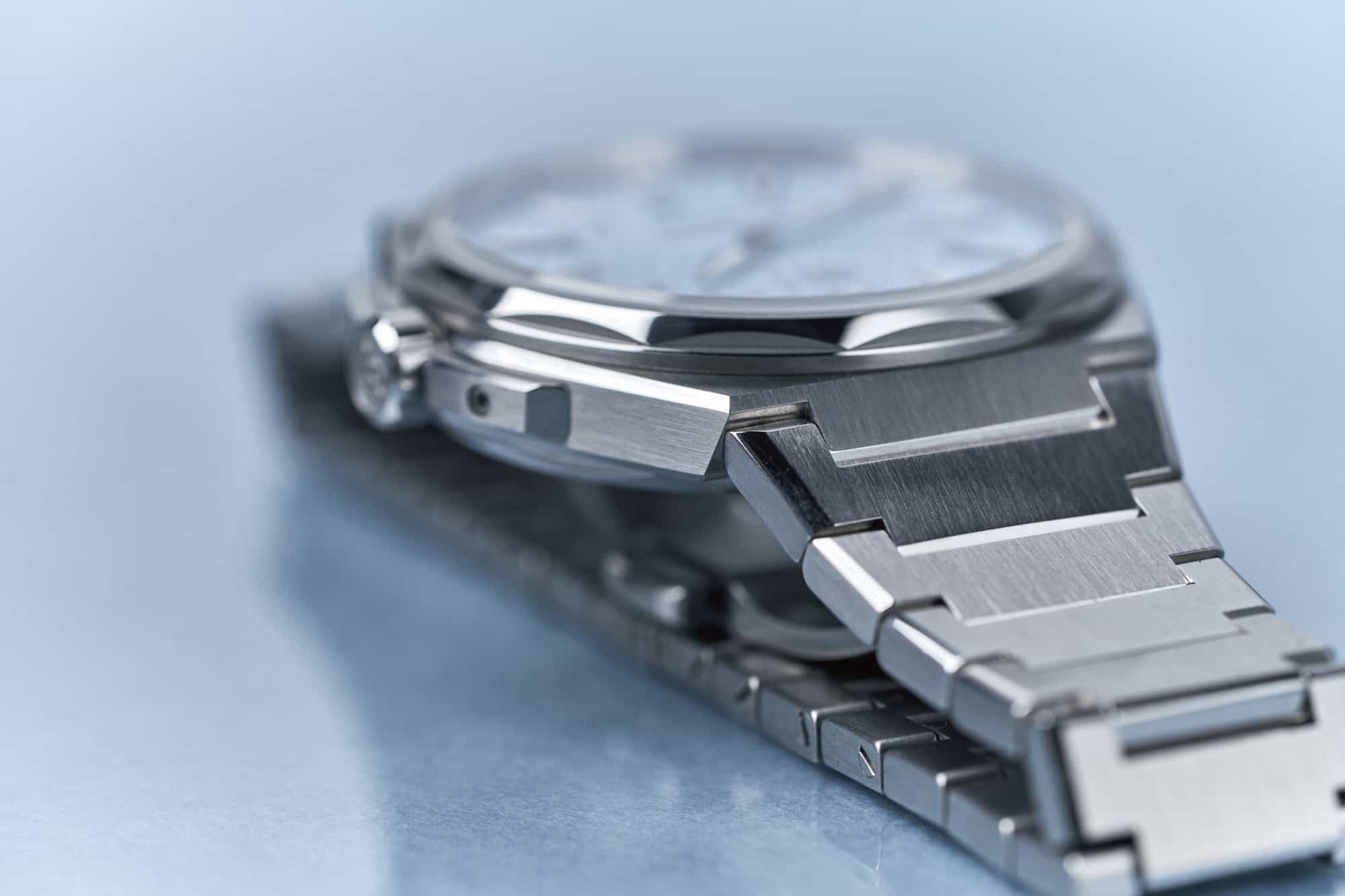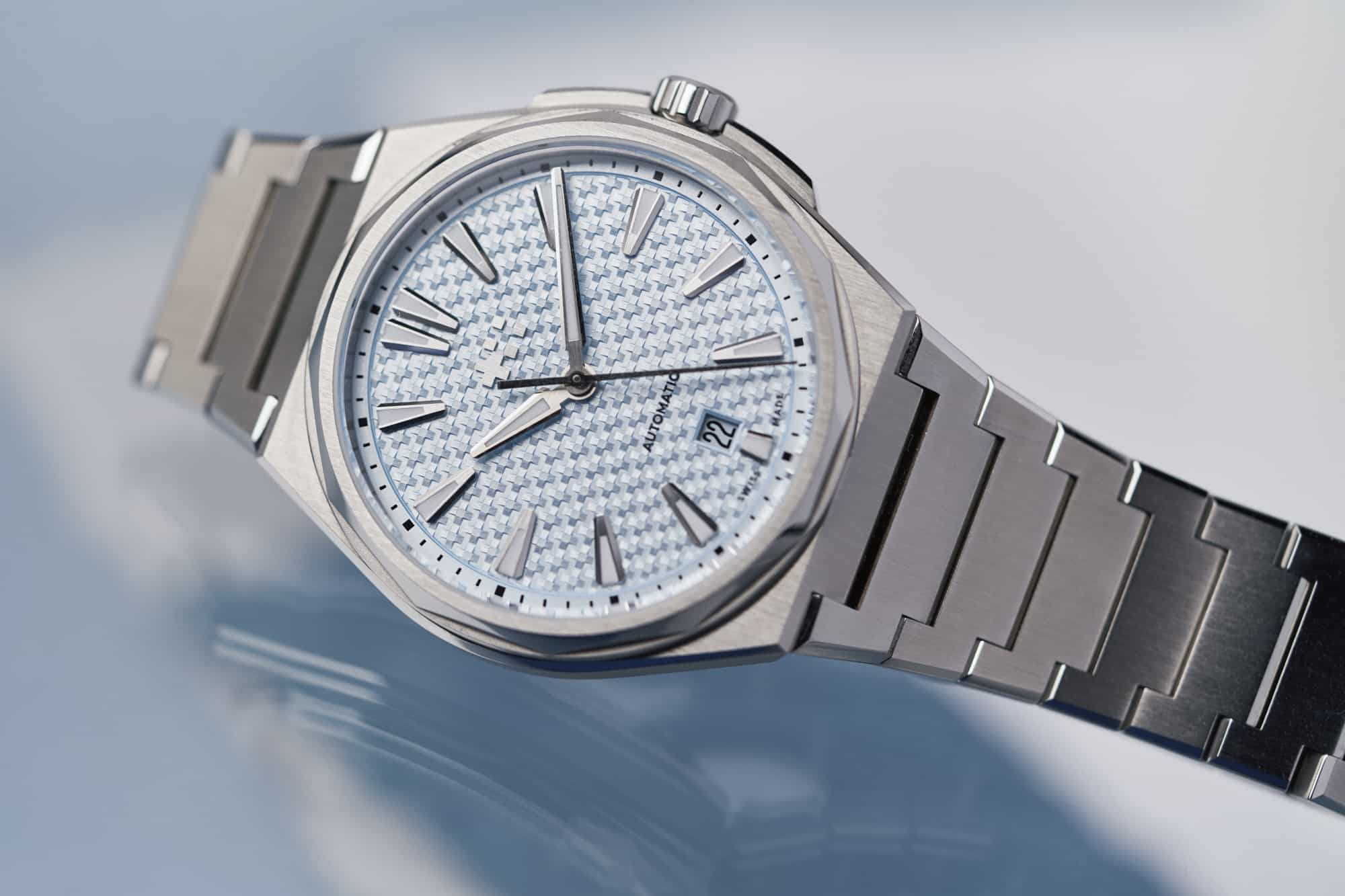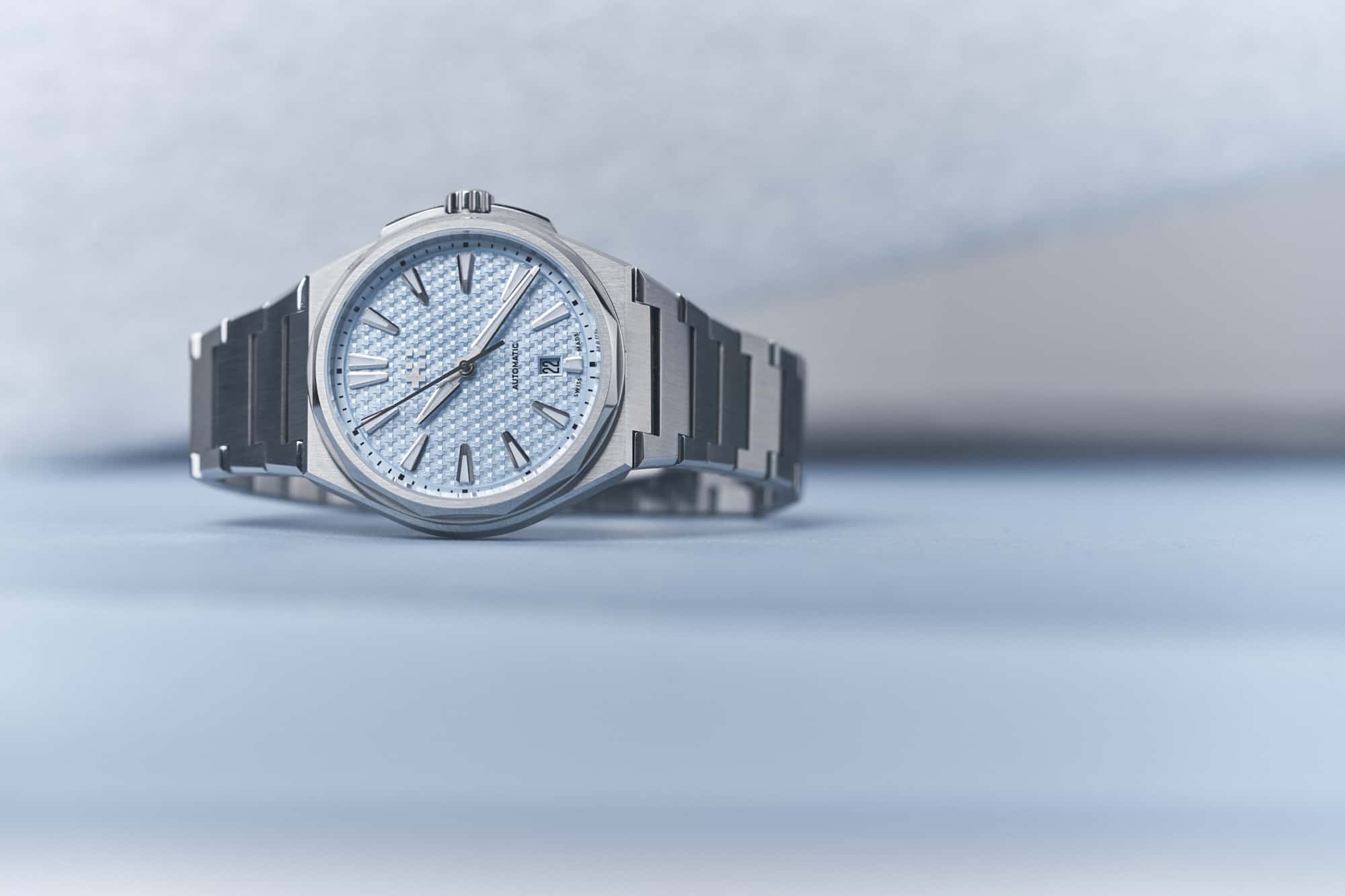‘Integrated bracelet sport watch’ is likely a term you’re getting sick of hearing. The genre has reached a saturation point, it would seem. However, some of the new watches that find themselves in this category are indeed quite compelling. Watches like the new IWC Ingenieur, the Zenith Defy Skyline, the Girard-Perregaux Laureato, and most recently, a surprising entry from Christopher Ward called The Twelve, which we introduced to you when it was launched heading into our Windup Watch Fair in San Francisco. With this watch, Christopher Ward is staking a claim to the genre outside of its usual luxury connotations. Where the IWC, the Zenith, and the G-P (as well as many others) are priced around $10,000 or more, The Twelve hits the market in the much more palatable $1,000 range.
The Twelve is well positioned to capitalize on the trend of the integrated bracelet sport watch in a way many others in this price range are not. They’ve built plenty of equity in the space, and have even brought some typically high-end collectors into their flock with the likes of the Bel-Canto. Where that watch embraced a level of originality, The Twelve is a direct interpretation of a well trodden design language, and Christopher Ward makes no bones about it being exactly that. In fact, whatever your thoughts on the watch itself, there’s something admirable about the recognition Christopher Ward is giving some of the all-time greats of the genre, while at the same time placing their own watch among them.









 Featured Videos
Featured Videos




